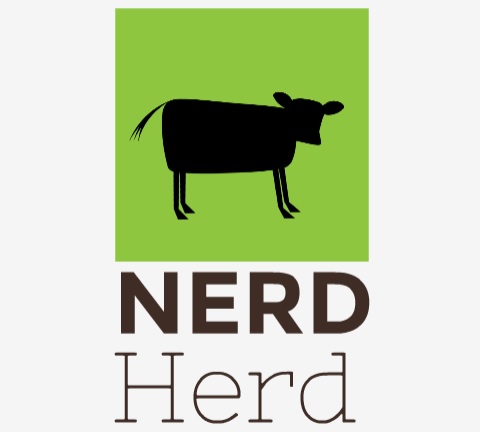Opportunities for women in science have been extremely limited, certainly up to the last 50 years or so. Even still with many organisation and schemes trying to encourage women into the sciences there is a significant gender gap between the numbers of men and women at all levels of science. That makes the achievements of the following women even more remarkable as most suffered discrimination and misogyny despite their genius but still blazed a trail for the female (and male) scientists of today to follow. When you consider the list below of the top 10 female scientist please bare in mind what counts as a scientist has been chosen quite restrictively and there are many women such as Gertrude Elion, Barbara McLintoc, Rita Levi-Montachini and Tu Youyou who made remarkable contributions to medicine, Rachel Carson who was a prominent and early environmentalist and Ada Lovelace who helped wrote the first computer programme who aren’t on this list to name a few. I would encourage you to research them as well because they are amazing and perhaps a post of these best of the rest will follow.
You can watch our video counting down through these remarkable scientists or read about them below.
10) Mary Anning
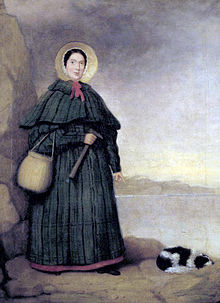
Mary Anning was a prominent geologist and palaeontologist. She found and excavated so important early dinosaur skeletons. More than this she widely consulted on issues of anatomy and she was the first to identify what some of here findings were. We use prominent quite loosely however because whilst she was world renowned in geological circles as a leading expert she was not allowed to the Royal Geological society because she was a woman.
She is the inspiration for the tongue twister “she sells sea shell on the sea shore” but even this is a rather an under representation of her work. She is after all the greatest fossil hunter that ever lived.
9) Emilie du Chatelet
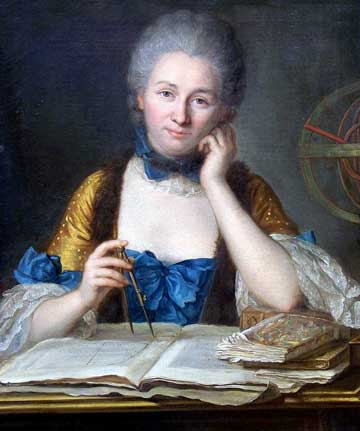
Emilie du Chatelet was a french aristocrat who contributed to the field of physics. Her father realised her genius from her early age and sought to bring people to the house who might talk to her about physics. Her mother on the other hand was horrified by this and tried to get her sent to a nunnery. The opportunities for a woman in the 18th century to do practical physics in a lab were limited to say the least and so Emilie has to make do largely with mathematics and an acute theoretical understanding, although her work with heat and fire led her to predict what is now called infrared radiation.
As she was fluent in 5 languages by the age of 12 she set about translating some of the great scientific works into french including Newton’s Principia which remains the standard text to this day. She did more than simply translate works however she would add critiques, amendments and clearer explanations among many she realised that kinetic energy was simply a component of total energy and it was total energy that has to be conserved.
8) Jane Goodall
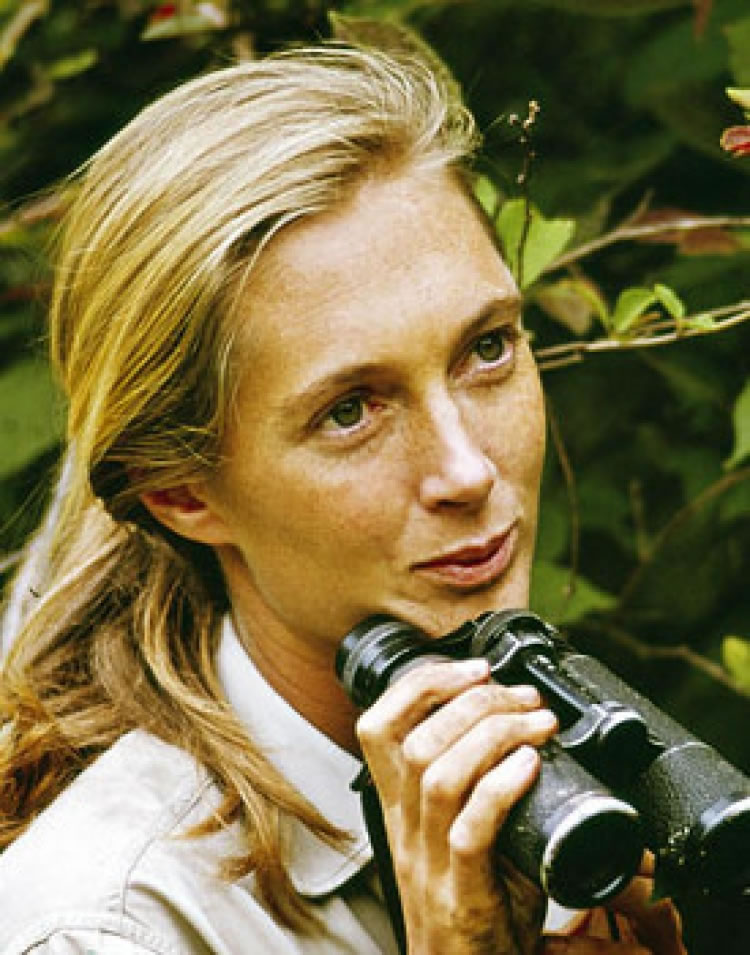
Jane Goodall is a leading expert on anthropology. She didn’t have any scientific training but was a chosen by the great anthropologist Lewis Leakie to go to Tanzania to study chimpanzees. He believed without formal training she would e unclouded by preconceived misconceptions and he was light but equally debate over her scientific method continues to this day. The national park in Tanzania she travelled to was largely uncharted and she treked alone for two months before so much as setting eyes upon a chimpanzee.
When she found them however what she observed changed our understanding of what it means to be human. Goodall observed that chimpazees have personalities and friendships, they can express sorrow and forgiveness and that they adapt tools to make them better suited for their task. All of these were previously thought to be uniquely human traits.
She was also only the eighth person to be allowed to complete a PhD without a degree and she has set up and aided many organisation that protect animal welfare.
7) Jocelyn Bell-Burnell
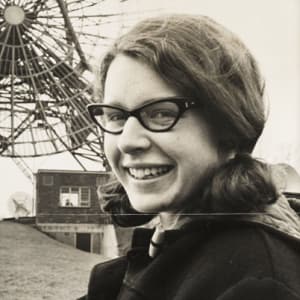
Jocelyn Bell is an astrophysics and the discoverer of pulsars. Whilst undertaking her PhD at Cambridge she helped to build a radio telescope that was designed to look for newly discovered quasars. Whilst using the completed telescope she made an odd discovery. She found that the luminosity of a distant source was pulsing with uncanny regularity. When she presented this to her supervisor he dismissed it as human interference.
So she went back, looking through 100 feet of paper readings a night to find more evidence. Despite this, it was her supervisor and not Bell who won the 1974 Nobel Prize for the discovery of pulsars. This remains contentious but despite the obvious unfairness she went as far as to defend the Nobel Prize committees decision. In 2018 she won the Special Breakthrough Prize in Physics for her discovery. This was seen by many as the Nobel Prize equivalent that she should have been awarded in 1974. As committed to science as ever she gave the full £2.3 million prize away to fund women in becoming physics researchers. Wow!
6) Emmy Noether
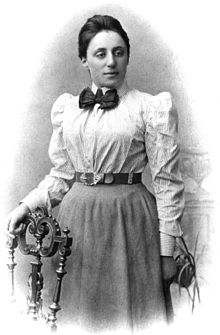
Emmy Noether was a hugely influential mathematician and theoretical physicist. She was primarily a mathematician and according to the rules above that wouldn’t entitle her a place on this particular list but such was her ability she made substantial contributions to theoretical physics almost as an after thought. She was changed the face of algebra and Noether’s theorem remains one of the most important mathematical theorems in guiding the development of modern theoretical physics.
Here theorem demonstrated the connection between natural symmetries and conservation laws and was used, along with her work on topology, to help make sense of Einstein’s theory of general relativity.
Sexism was not the only discrimination she faced. As a Jew in 1930s Germany she was stripped of her professorship and forced to flee to America where she died shortly after.
If this was a list of female mathematicians she would undoubtedly be nearer the top but what is striking is writing this post “Noether” was constantly highlighted as a spelling mistake, you’ll find no such problems with “Einstein”, “Heisenberg” or “Planck”.
